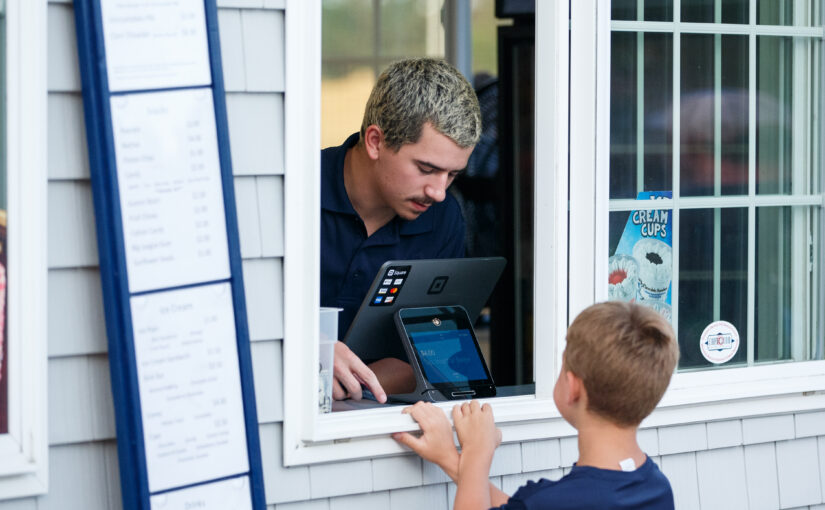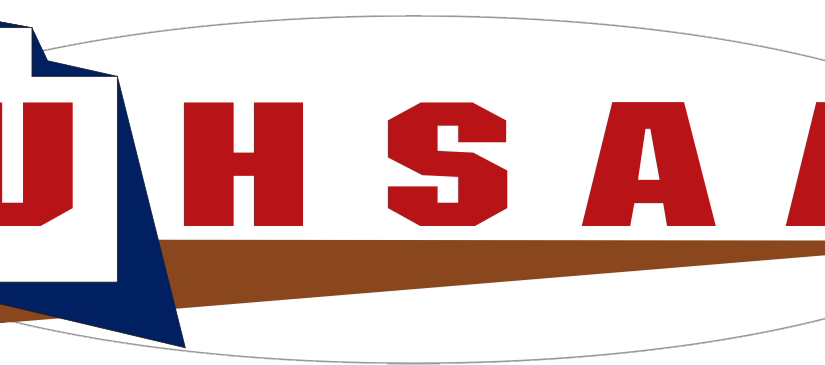Creating a winning maintenance routine for your basketball courts
Consider this: In many schools, the floor that hosts basketball often holds practices and games for volleyball as well as intramural action. It might even be where exercise classes are held.
That’s one hard-working facility.
If, however, basketball is your mainstay, you want to keep your gym in top condition for that. And while no maintenance regimen can guarantee wins, it can give athletes a reliable, safe surface that allows them to perform their best, game after game.
Creating a checklist of tasks (and how often they need to be performed) is the best way to keep track of maintenance work. Additionally, since crews may change from season to season, it’s good to have a detailed list of instructions to follow.
The tips presented below should be considered an overview. Discuss specific instructions with your installer or the manufacturer of your floor.
Daily Maintenance
Rob Zehnder of Lord of Wood, LLC recommends a run-through with a dust mop to pick up particulate debris that might otherwise get ground into the surface, scarring it.
“During the school year, it is most beneficial to dust mop at least three times a day — 7 a.m., 12 p.m. and 3 p.m. is a good schedule. Use a microfiber mop and never treat it with anything,” Zehnder notes.
John Praters of Praters Flooring agrees with the idea of dust mopping, noting that users should ascertain the mop stays clean by laundering or replacing it when soil and residue buildups are noticed. Having mats near the entrances and exits will allow athletes and spectators to walk off any grit their shoes may be carrying.
Spills should be wiped up as quickly as possible with a soft damp cloth, such as a towel. If the spill is hard to remove with water, use mineral spirits, and wipe the area clean with a towel soaked in water after the residue is gone. Since wet floors are a chief cause of slip-and-fall injuries, ascertain that all treated areas are clean and dry before subjecting them to foot traffic.
While most gym floors have posted signage requiring the use of non-marking court shoes, it is common to have users unknowingly wear running shoes or other footwear which leaves black or gray marks on the surface. Zehnder’s suggested fix is rubbing the marks with a tennis ball. Users can save their backs by cutting a slit in the ball and attaching it to a pole, so as to be able to rub at the marks from a standing position.
Monthly Maintenance
At least once a month, floors should be cleaned; check with the manufacturer or installer of the surface for recommendations, remembering that different types of surfaces will necessitate different care. Remember that the wrong compound could not just damage the floor but could void the warranty as well.
There are horror stories in the industry of maintenance crews who unwittingly used products that stripped the finish from the floors, dulled the shine, or even crews that used shining sprays (such as those used on furniture), resulting in a surface so slippery that it had to be cleaned once again, holding up scheduled games.
“Always use an approved floor cleaner,” says Zehnder.
Additionally, if maintenance crews want to use auto-scrubbers, it is necessary to check with the manufacturer or installer first for floor-specific instructions.
The Use (or Rather, Misuse) of Tape on Floors
If floors routinely host other sports, it may be a struggle to keep users from putting down tape to delineate playing areas for sports like pickleball or volleyball. No form of tape is safe for use on an athletic floor as it can leave a residue that attracts dirt or causes a playing hazard; additionally, when pulled up, it can damage the finish of the floor.
“Never apply tape of any kind, ever,” cautions Zehnder.
Annual Maintenance
Wood flooring should be recoated once a year, notes Tommy Ellison of Covington Coatings. In addition to providing a like-new finish and erasing scratches and scuff marks, the recoating process ensures a safer surface for athletes.
“A professionally applied maintenance coat restores the delicate balance of slide versus traction required for most indoor sports, especially basketball and other sports in which athletes make quick stops and starts on the floor.”
Remember that rolling loads, such as portable bleachers or heavy maintenance equipment, as well as static equipment, can leave marks and indentations on the surface. A flooring contractor can provide ideas on how to minimize damage.
When to Call in the Experts
Damage to athletic flooring, unlike damage to a grass field, won’t repair itself. If you see areas of wear, cracked boards, warping, depressions, low or high spots, areas where the ball bounces differently or makes a different sound when it hits the floor, discoloration (other than that caused by spilled substances), or other worrisome irregularities, contact your flooring installer for ideas. Sport flooring represents a sizeable investment, and you want to head off small problems before they become big ones.
» ALSO SEE: Invitational, in-season tournaments boost your program
One resource that could be useful for those working to maximize the use of their fields is the publication, Courts & Recreational Surfaces: Construction and Maintenance Manual. The book is published by the American Sports Builders Association and can be ordered in either hard copy or PDF format by going to the website, sportsbuilders.org, and from the top blue toolbar, selecting “Resources,” then “Publications” from the drop-down menu.





